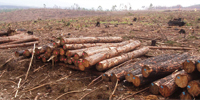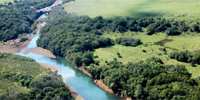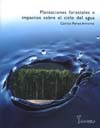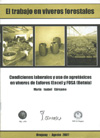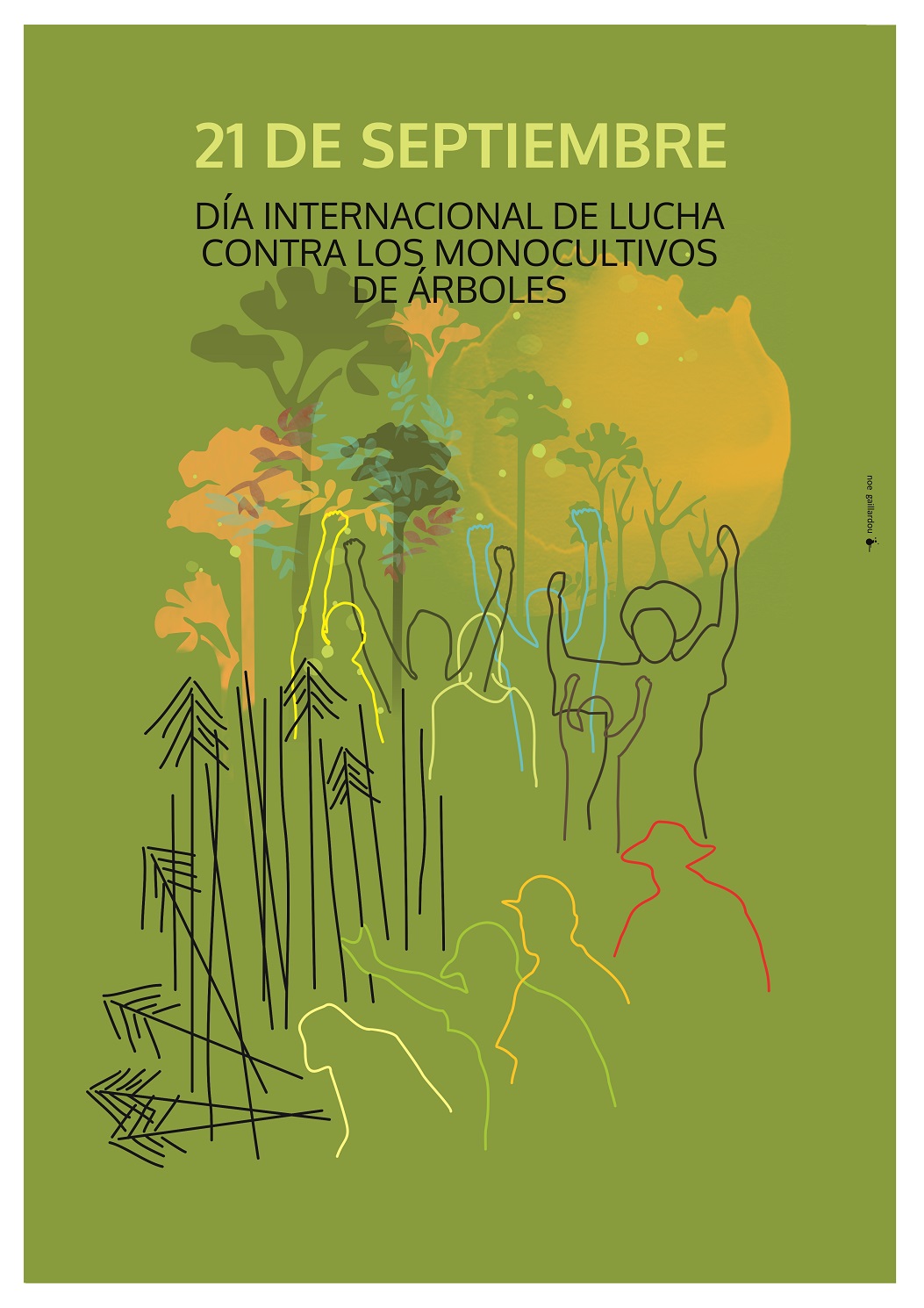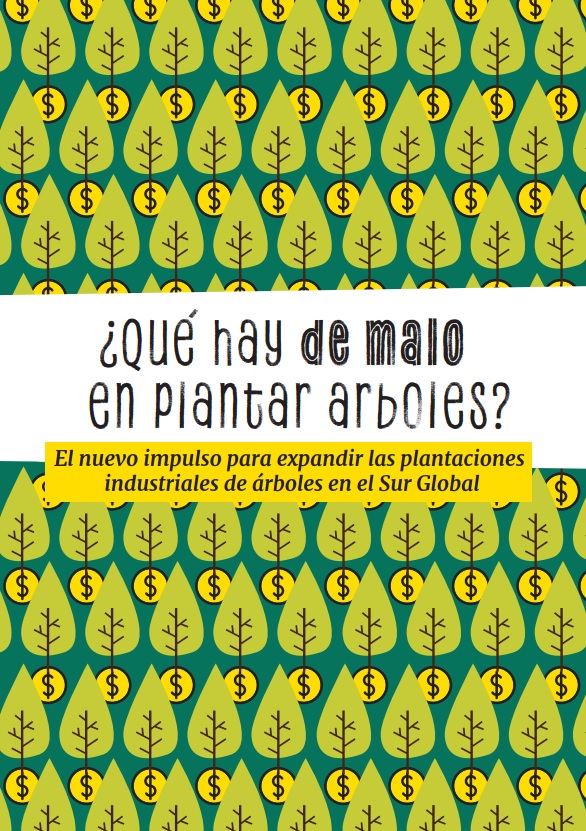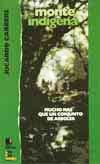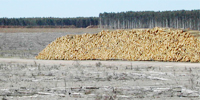By Chris Lang. Published in Robin Wood Magazine, August 2006.
Tens of thousands of people have protested against two planned pulp mills near Fray Bentos on the River Uruguay. A recent WRM report documents the social and environmental problems with the FSC-certified plantations which will provide raw material to the mills.
A major political dispute has broken out between Argentina and Uruguay about the proposed construction of two pulp mills in Uruguay. The pulp mills, planned to be located on the River Uruguay near Fray Bentos, have a combined production capacity of 1.5 million tons of pulp a year. With a total cost of US$1.8 billion, they would be Uruguay’s biggest ever foreign investment. But people in the region are concerned about the environmental impacts of these massive projects and have been protesting against them for several years.
In October 2003, hundreds of people from Argentina and Uruguay planned a demonstration on the bridge linking the two countries near Fray Bentos. Security forces blocked the Uruguayans from crossing the bridge and only a small group was allowed across from the Argentinean side.
Protests have continued. Greenpeace activists have occupied the construction site. On the Argentinean side, local people have blockaded the international bridge. In April 2005, some 40,000 people from Uruguay and Argentina organized a demonstration against the pulp mills on the bridge itself.
In March 2006, Uruguay’s President Tabaré Vázquez agreed to Argentinean President Néstor Kirchner’s request to ask Finland’s Botnia and Spain’s ENCE to suspend construction of the pulp mills for 90 days, while a survey of the environmental impact of the two mills could be carried out.
ENCE stopped construction, but, the Uruguayan Government found it could not prevent Botnia from continuing construction of its mill, because of an agreement that the Uruguayan Government signed with the Government of Finland: “Agreement with the Government of Finland regarding the promotion and protection of investment”. In effect this is an agreement with Botnia. Under the terms of the agreement, Botnia is assured of the constant support of the Uruguayan government. The agreement even forces the government to pay compensation to Botnia for any losses, caused by, among other things, riots.
The Argentinean Government is so concerned about pollution from the pulp mills that it has taken Uruguay to the International Court of Justice in The Hague. In June 2006, the Court heard two rounds of public hearings about the pulp mills. Argentina is arguing that Uruguay failed to notify Argentina of the proposed pulp mills and is therefore in breach of the 1975 Statute of the River Uruguay. Romina Picolotti, a human rights lawyer and founder of the Argentinean NGO Centre for Human Rights and Environment (CEDHA), explained during the public hearing that the site chosen for the two mills is the worst imaginable from the environmental point of view.
While a final ruling will take two or three years, the court initially ruled in favour of Uruguay by declining to order a halt to construction of the mills. The court argued that Argentina had not provided evidence that the mills would cause irreparable damage to the river. The court also pointed out that the “threat of any such pollution is not imminent”, since the pulp mills will only start polluting when construction is completed – in August 2007 and June 2008.
CEDHA has made formal complaints to the Organisation for Economic Co-operation and Development alleging breaches of the OECD’s Guidelines for Multinational Enterprises against Botnia, the Finnish export credit agency, Finnvera and the Nordic Bank Nordea. It has also issued complaints against a series of banks pointing out the pulp mill projects do not comply with the Equator Principles. In April 2006, the Dutch ING Bank pulled out of the Botnia project.
The World Bank is considering a total of US$420 million in loans through the International Finance Corporation (IFC) as well as a US$300 million political risk guarantee for the Botnia mill through its Multilateral Investment Guarantee Agency (MIGA). The public protests against the project forced the Bank to reconsider its involvement and the projects have not yet been presented to the Bank’s Board for possible approval. CEDHA took out a complaint to the Bank’s Compliance Advisory Ombudsman (CAO) in September 2005. In its Preliminary Assessment Report, the CAO found IFC and MIGA to be in breach of their own social, environment and disclosure safeguard policies.
The World Bank commissioned a Cumulative Impact Study to attempt to predict the combined impact of the two projects. The Uruguayan NGO Grupo Guayubira boycotted a public hearing on the study in February 2006, on the grounds that the purpose of the meeting was simply to achieve endorsement of the report. Guayubira had previously told World Bank officials that it considered the Cumulative Impact Study to be biased in favour of industrial plantation forestry and of the pulp mills. Guayubira recommended that the Bank demand the consulting company to improve substantially its report to enable it to serve as a basis for the broad consultation that the Bank wanted to carry out.
In April 2006, the IFC released a report produced by a panel of experts commissioned to review comments on the Cumulative Impact Study. Despite the criticisms of both the process and the content of the study, the panel did not conclude that pulp mills should not be built (or at least that IFC should not fund them). Instead, the panel identified the need for more information and analysis about the environmental impacts of the projects. The panel also made a series of recommendations for technical improvements to the pulp mills.
But pollution from the proposed pulp mills is not the only concern. The mills are to be fed with wood grown in thousands of hectares of eucalyptus monocultures. Although a large area of these plantations has been certified under the Forest Stewardship Council system as well managed, a recent study carried out by Ricardo Carrere of the World Rainforest Movement indicates serious problems associated with these industrial tree plantations.
Carrere’s report is based in part on testimonials from villagers living near the plantations that will supply ENCE’s and Botnia’s mills. A team of researchers from WRM interviewed villagers in December 2005. One of the problems villagers reported is the loss of water since the plantations arrived. “All the people here have been left with no water,” said one villager. “I have a little bit but the well is dirty. Close to here where my father lives there’s no water at all.”
Carrere notes that “within a few years after the plantations had been established, the wells of all of the farmers in the surrounding area and the nearby wetlands had dried up, while the water level in the region’s waterways dropped significantly.” Yet FSC’s assessor, SGS, in its report of one of the certifications states that “no information is available on the possible effects of afforestation on water resources.”
The work provided is dangerous and fewer jobs are available than on the ranches that many of the plantations replaced. Increased mechanisation is replacing many of the few jobs in the plantations. WRM’s researchers photographed workers’ accommodation – shacks and tents covered in plastic sheeting.
Workers interviewed by WRM described their concerns about the use of chemicals on the plantations. One former-contractor on one of the plantations said he was in charge of eight people hired to apply herbicides and pesticides. They were not given any training, equipment or any means of protection, nor were they provided with drinking water, housing or bathroom facilities.
“Everything that was used to apply the agrochemicals was then washed in the streams, when there were still streams,” he said. “If somebody passed out in the middle of the field, they would be taken to the hospital but then they would be right back the next day, because they had to keep working. The problem with agrotoxics is mainly a question of continued exposure. There was a person who worked for a long time on a tractor with agrotoxics and had horrible skin rashes. I had problems with an ulcer, gastritis, diarrhoea. I was actually lucky to get fired,” he told the researchers.
Carrere concludes that FSC should withdraw the certificates as soon as possible and should stop certifying large scale monoculture tree plantations in Uruguay.
The pulp produced in the proposed pulp mills is not for Uruguay. Botnia and ENCE are aiming to satisfy the demands of the world market. In May 2005, at a protest against the pulp mills in Montevideo, Uruguayan writer Eduardo Galeano pointed out how ridiculous it is to allow the market to control decisions such as whether to build the pulp mills: “The market? I ask: and is this Mr. Market Uruguayan? Has he got his voting papers? Has he voted? Was he voted? Who voted for Mr. Market?”
In supporting these projects, the World Bank, the commercial banks, the export credit agencies, FSC, the consulting firms and the machinery suppliers are supporting “the market”, but not the needs of the Uruguayan and Argentinean people, that will be negatively impacted by these pulp mills and their associated large scale tree monocultures.


